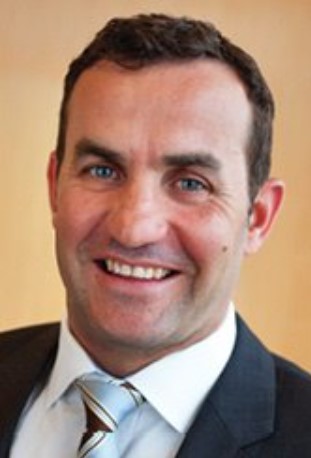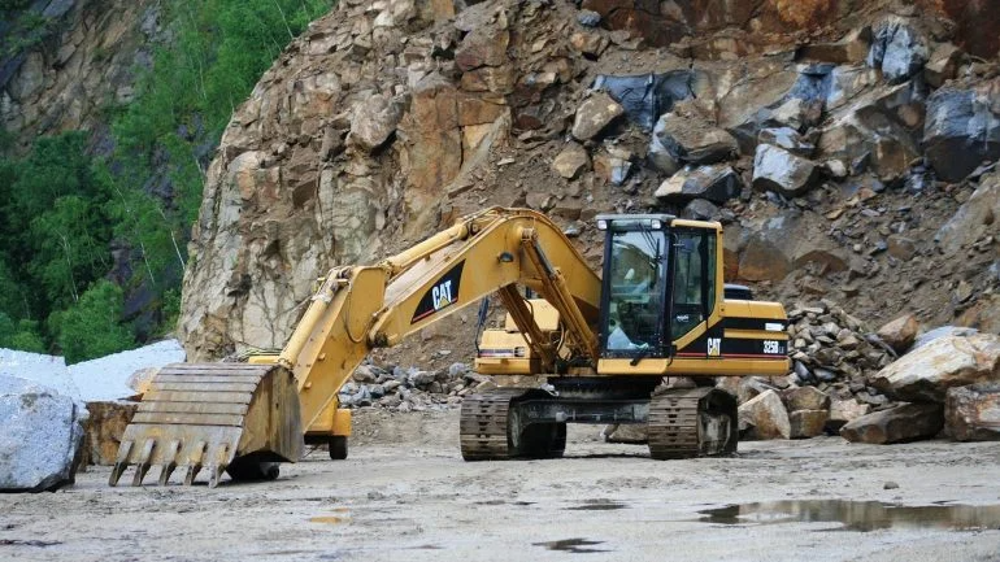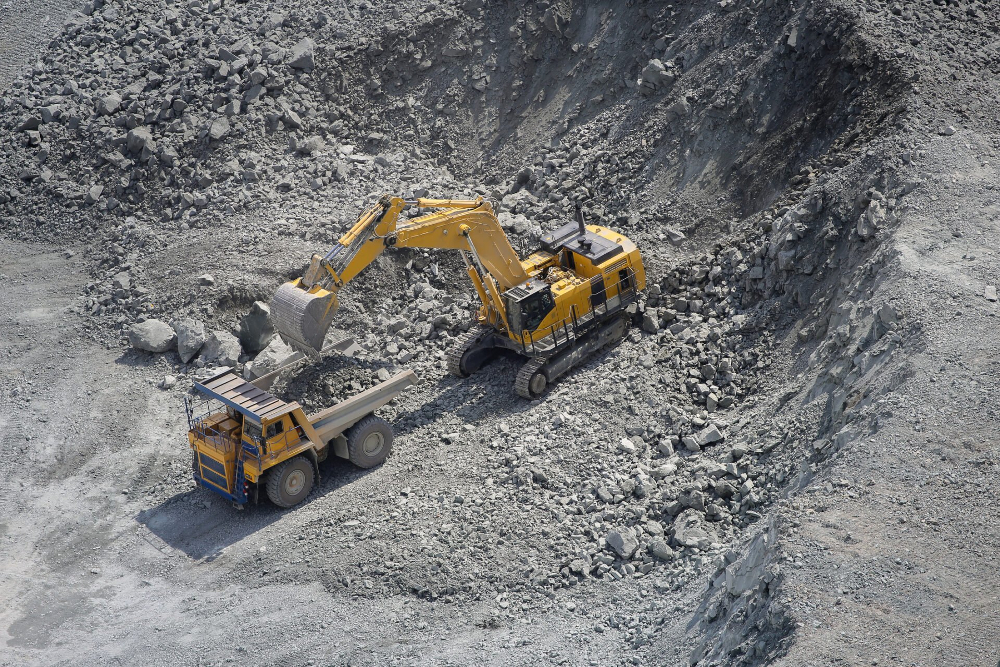BC exploration thriving in the post-pandemic economic recovery

A renewed optimism filled the air in 2021 as domestic markets reopened, supply chain networks began to recover and restrictions that had previously disrupted on-site operations were gradually lifted. Canada’s exploration expenditure saw the highest growth and attracted the largest share of global budgets with an increase of 62%, ahead of Australia and the U.S. With expenditure increasing across all but one jurisdiction, there’s lots to celebrate. But one region in particular is catching eyes.
Despite local difficulties in the form of forest fires and infrastructure disruptions from flooding, the exploration industry in British Columbia experienced a record-setting year, entering 2022 in full swing. The annual BC Mineral and Coal Exploration Survey saw the province achieve a 56% increase in expenditure year-over-year. Similarly, the total number of projects and drilling increased by 16% and 45%, respectively. With exploration reaching a near 10-year high since spending peaked in 2012, we set out to analyze the contributing growth factors and key trends for the coming year.
Dominant spending trends remain
The northwest region continued to hold its place as the premier destination for exploration spending in the province, evidenced by interest from both local companies and major international producers including Newmont’s purchase of GT Gold and Newcrest Mining’s investments into the region. Additionally, Vancouver-based Ascot Resources is currently developing the Premier gold project in the area, while Skeena Resources continues its investment into the Eskay Creek project.
This activity, in part, led the northwest region to account for 55% of all exploration spending in 2021, gaining a 62% increase in spending from the previous year. The largest jump in spending occurred in the south central region, which saw a 113% increase from 2020 levels. Together, the northwest and south central regions accounted for three quarters of all exploration spending in the province.
As anticipated, gold exploration was also a dominant contributor to exploration expenditure – gaining even more last year than the powerful uptick it experienced in 2020 as many investors flocked to the metal as a safe haven investment. Exploration expenditure continued to increase as market variability drove demand for the metal and prices rose to more than $1,800 per oz. throughout the year.
Critical mineral security strengthens in the digital age
In the wake of ongoing geopolitical turbulence and pandemic-
induced supply chain disruptions, a stronger national focus was placed on developing a more robust North American supply for critical minerals. Part of this includes advancing the Joint Action Plan on Critical Minerals Collaboration between Canadian and U.S. governments. The Plan highlights a list of select minerals considered essential to technologies that will enable a successful transition to a greener economy. With many of these metals found in B.C. – copper, molybdenum, zinc and nickel – the province has a ripe opportunity to be a key player in the global energy transition, supporting the development in renewable energy and clean technology, ranging from electric vehicle batteries to permanent magnets and wind turbines.
This sentiment was certainly echoed last year, as critical metal expenditure went up. Copper exploration saw the largest increase, with prices continuing to rally to new highs toward the end of 2021. Similarly, nickel and zinc bounced back from previous spending declines.
Advancement towards late-stage exploration to maximize proven assets
Although 2021 was a year of unprecedentedly high levels of spending, exploration continued its trend towards the advanced and mine evaluation stages – improving the economics of existing discoveries rather than towards finding new deposits. Grassroots and early-stage exploration accounted for 24% of total exploration, compared to 76% of late-stage and/or mine lease exploration.
This may be attributed to projects with significant previous work naturally advancing through the exploration lifecycle. Or it could be that favorable market conditions have allowed an inventory of projects with promise to be continued now that capital can be more readily raised.
Regardless, it’s encouraging to see such positive growth across all facets of the industry. And this growth is expected to continue deep into 2022 as post-pandemic recovery, reopening of global economies and record-high commodity prices are expected to drive demand for critical metals. Securing and developing supplies of these minerals will position Canada for long-term, sustainable economic growth, and B.C. has the opportunity to be at the forefront of this effort. Not only to provide materials for new technologies, but to drive further job creation, economic development and investment that will position B.C. as a global leader in mineral and exploration development. CMJ
IAIN THOMPSON is the mining and metals consulting leader at EY Canada, based in Vancouver. For more information visit www.ey.com/en_ca/mining-metals.





Comments